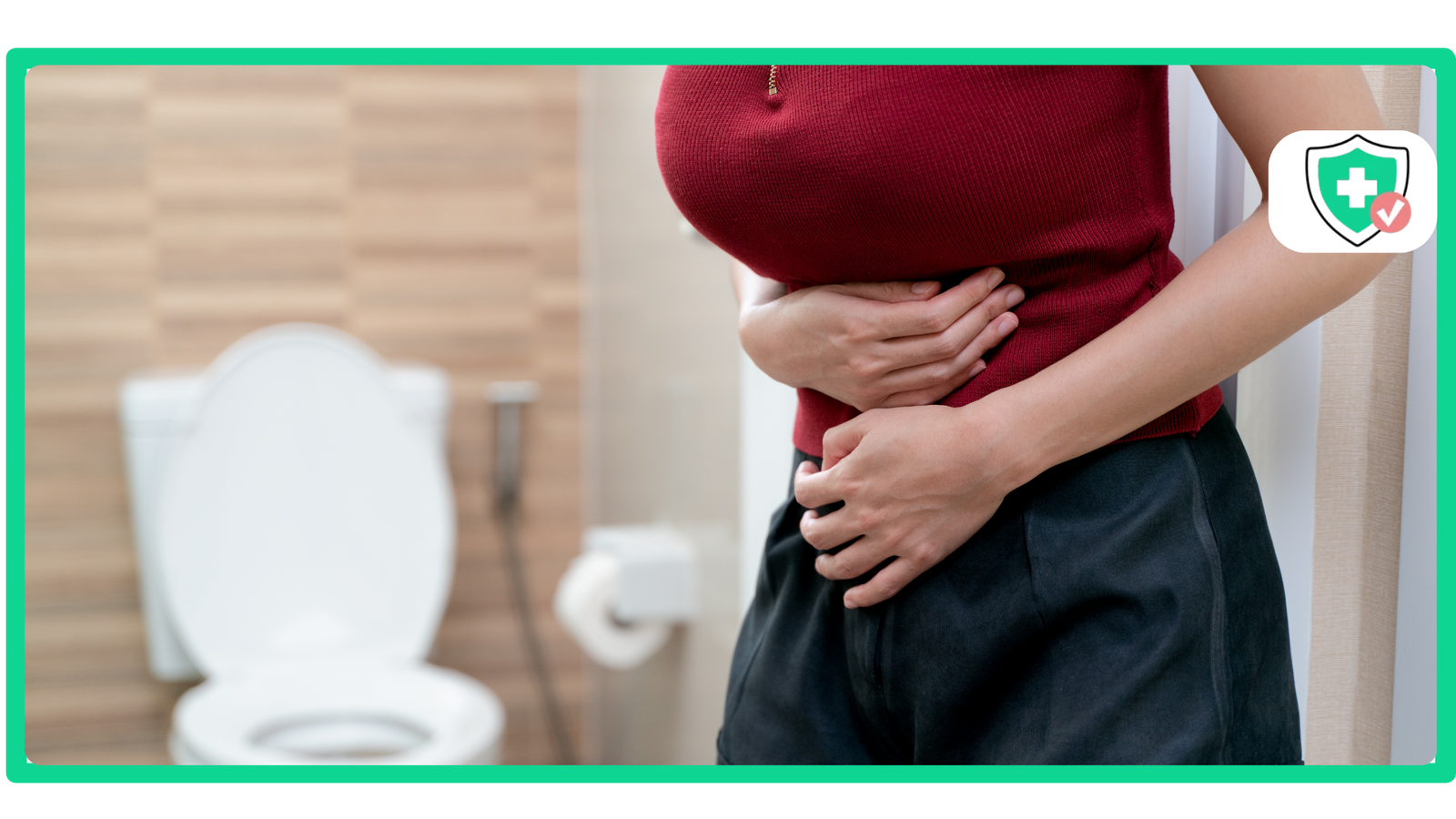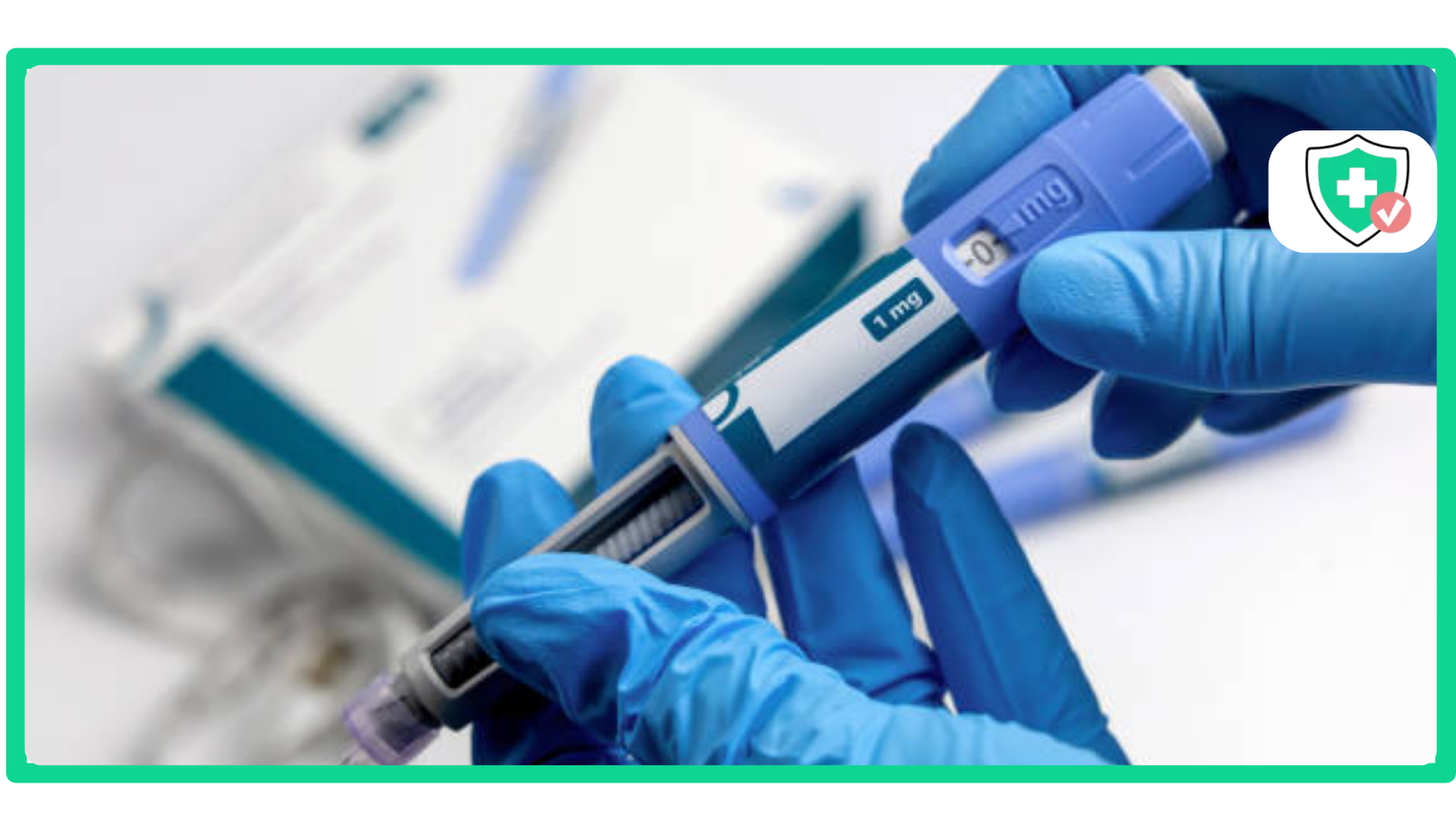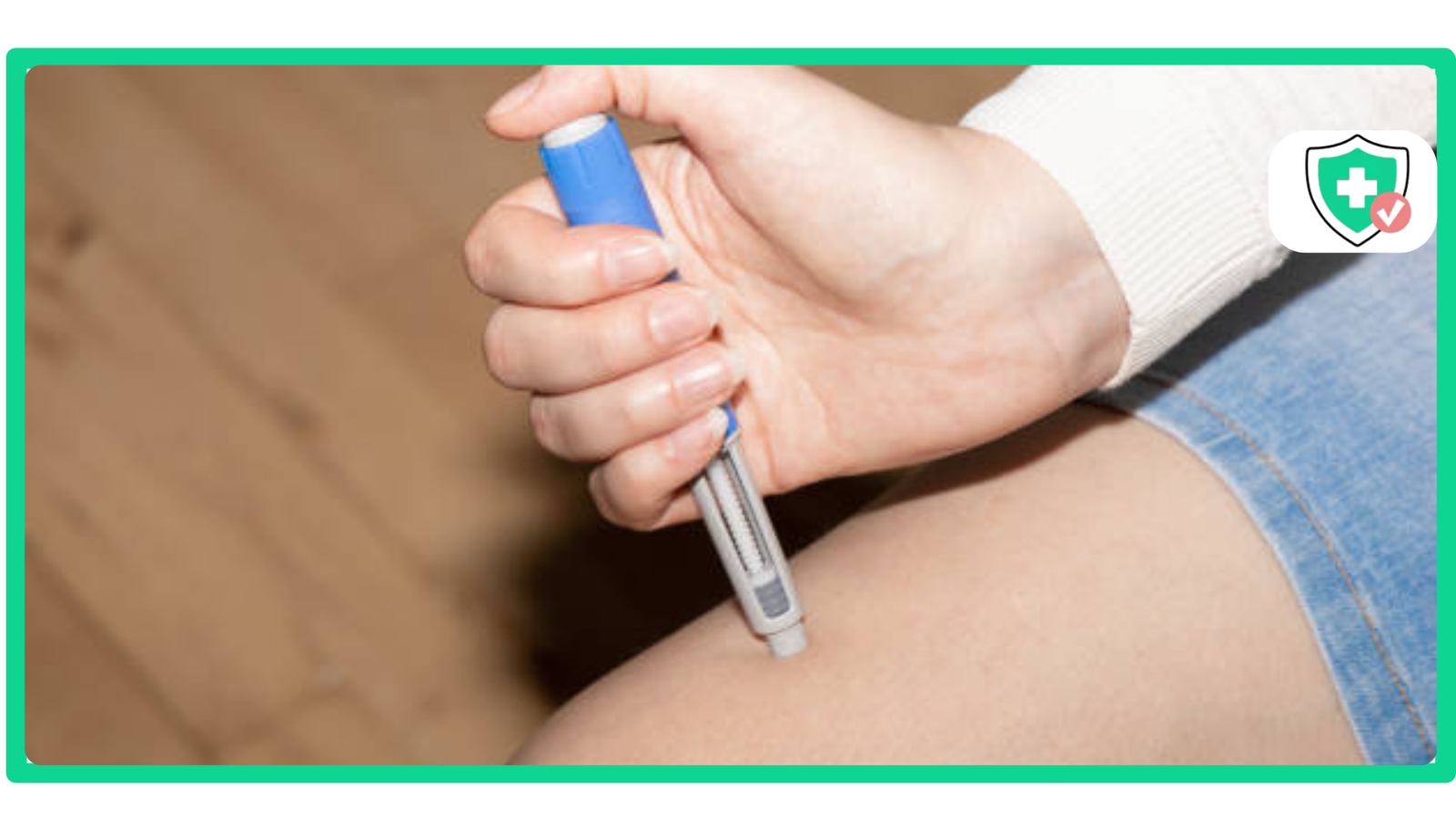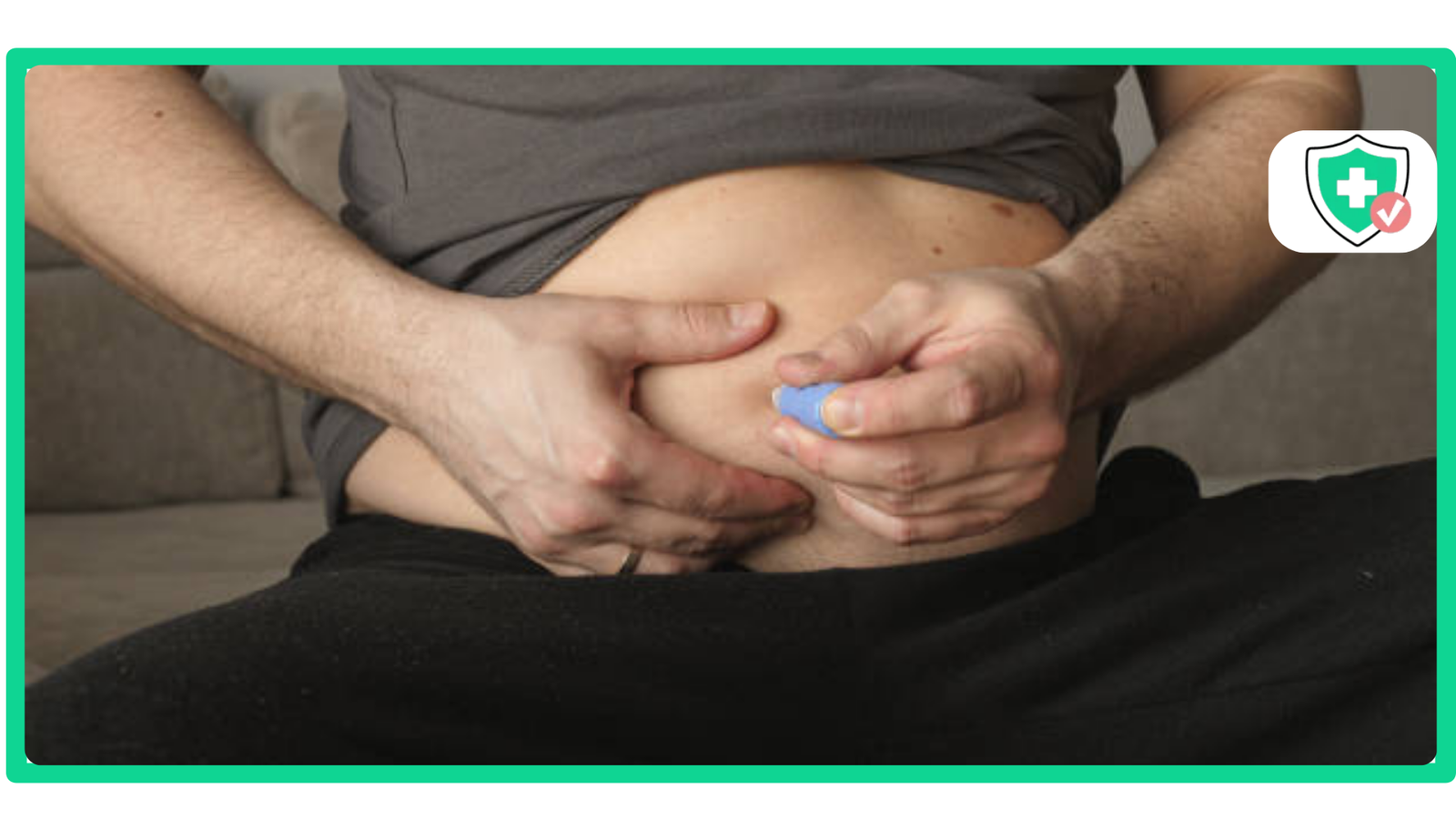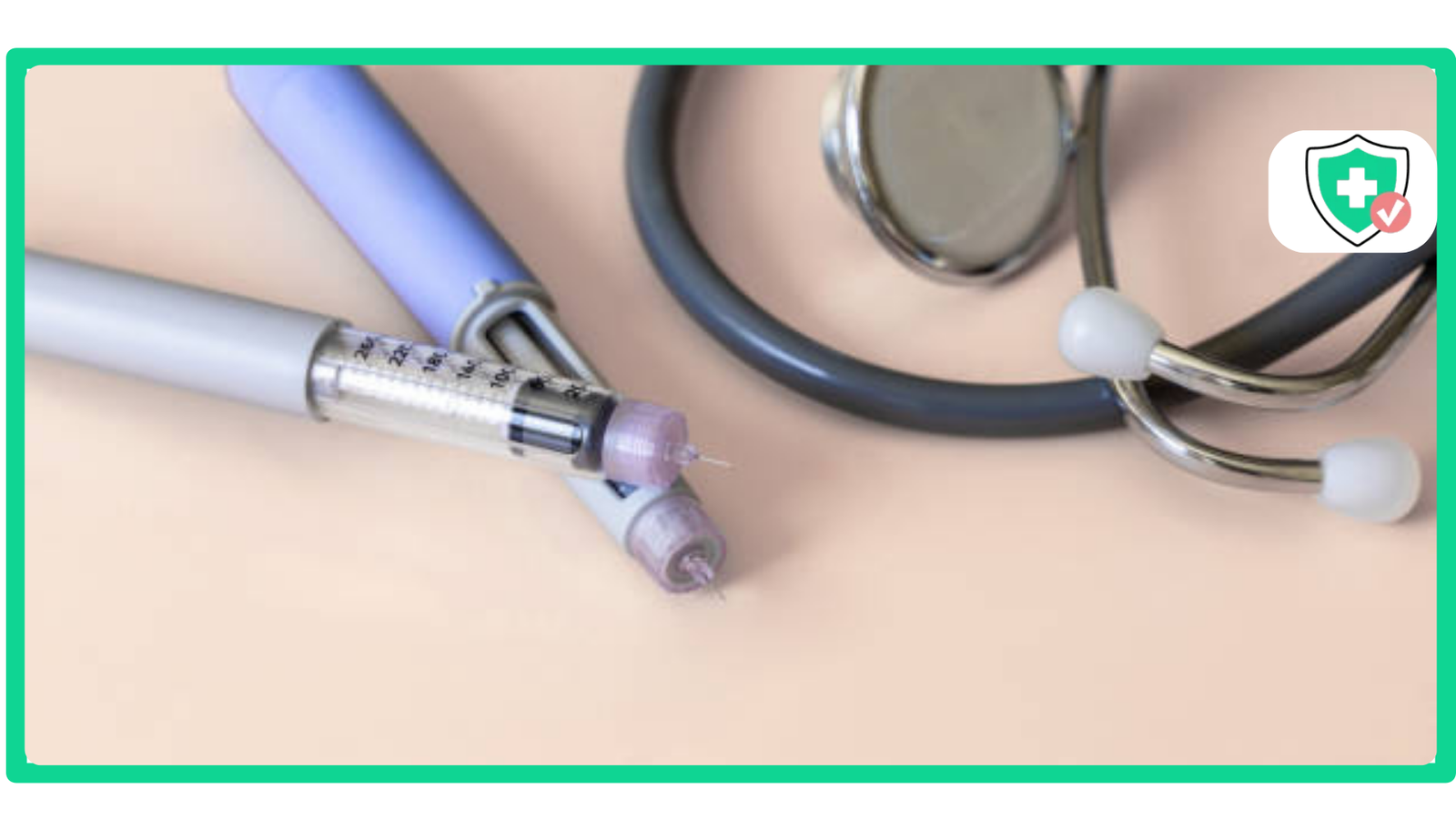If you use compounded Semaglutide, you have probably looked at your medicine bottle and your syringe and felt a little confused. Your doctor gives you a dose in milligrams (mg), but the syringe has lines for “units.” It can feel like you’re trying to read a different language. You are not the only one asking, “how many units is 1.7 mg of semaglutide?” This is a very common question. Getting the answer right is super important to make sure your medicine works well and is safe.
Big-brand pens are often pre-filled, but using a vial and syringe means you have to do a tiny bit of math. This guide will show you how to do it, so you can feel sure of yourself every time.
Mg vs. Units: What’s the Difference?
Let’s start by talking about “mg” and “units.” There are two different ways to measure things. Knowing how they are different is the first step to getting your dose right.
- Milligrams (mg): This tells you the weight of the medicine. When your doctor says you need 1.7 mg, they are talking about how much of the actual drug, Semaglutide, you need.
- Units: This tells you the space the liquid takes up in your syringe. The lines on your syringe are for units. This helps you measure very small amounts of liquid perfectly.
Here’s a simple way to think about it. Imagine you are making a cup of hot chocolate. The “mg” is the amount of chocolate powder you need. The “units” is how many spoonfuls you use to get that perfect amount. Knowing this difference is a big help, especially when you are on a great weight loss program that uses this kind of medicine.
The Key to the Conversion: Medication Concentration
So, how do we turn the “mg” dose from your doctor into the “units” on your syringe? The secret answer is something called concentration.
The concentration of your medicine tells you how strong the liquid in your bottle is. It tells you how much Semaglutide is packed into the liquid. You can find this written on the label of your medicine vial. It will look something like this: “5 mg/mL.”
This just means there are 5 milligrams of Semaglutide in every 1 milliliter of liquid. This number is the most important piece of the puzzle. Not all pharmacies mix the medicine to the same strength, so you have to check your own vial’s label every single time.
How to Calculate: How Many Units is 1.7 mg of Semaglutide?
Okay, it’s time for the math part. But don’t worry, it’s very easy! You only need two numbers to start: your dose in mg and the concentration on your vial.
First, you need to know that a normal insulin syringe holds 1 milliliter (mL) of liquid. And 1 mL is equal to 100 units. Now we can figure out your dose.
Let’s pretend your vial says the concentration is 5 mg/mL.
- First, find out the volume in mL. You do this by dividing your dose by the concentration.
1.7 mg (your dose) ÷ 5 mg/mL (the strength) = 0.34 mL - Next, turn mL into units. Since 1 mL is 100 units, you just multiply your answer by 100.
0.34 mL x 100 = 34 units
So, with a concentration of 5 mg/mL, a 1.7 mg dose of Semaglutide is 34 units. The answer to how many units is 1.7 mg of semaglutide will always change if the concentration number on your vial is different.
Here is a little chart to help you see how it changes.
| Vial Concentration | Calculation | Dose in Units |
| 2.5 mg/mL | (1.7 / 2.5) * 100 | 68 units |
| 5 mg/mL | (1.7 / 5) * 100 | 34 units |
| 10 mg/mL | (1.7 / 10) * 100 | 17 units |
It’s always a good idea to check your math twice before you draw your medicine.
Why You Must Get Your Dose Right
Getting your dose exactly right is a very big deal. It helps you stay safe and see the best results. If the dose is wrong, it can cause problems.
If you take too little medicine, your weight loss might slow down. This can be frustrating and make you feel like it’s not working.
If you take too much medicine, you could feel sick. It can cause side effects like bad nausea. Being super accurate is the best way to avoid this. The amazing medical experts at Semaglutide Medics make sure every patient knows exactly what to do.
Note for Our Readers: We know that thinking about doses and numbers can be a little stressful. That’s why we make our health plans as simple as possible. Our all-in-one program costs $299 per month. That price includes your doctor’s help, your medication with clear instructions, and all your supplies. We even deliver it right to you for free, so you can just focus on your health.
Your Doctor is Your Best Guide
This article is here to help you understand how dosing works. But it is not a replacement for your doctor’s advice. Your doctor and their team will give you the exact instructions for you.
If you ever feel confused about your dose, it’s always best to stop and ask. Being safe is the most important thing. If you have questions about your treatment, you should contact your healthcare provider. Our patients can also send a message to our team through their special patient portal.
Conclusion: Dosing with Confidence
Your health journey should make you feel strong and happy, not confused. Now you understand the difference between mg and units and how to read the concentration on your vial. You can feel confident when you prepare your dose.
You now know how to find the answer to how many units is 1.7 mg of semaglutide. Always check your vial, do the easy math, and ask your doctor if you need help. This careful and smart approach will help you have a safe and successful weight loss journey.
Authoritative Sources (For Reference)
- U.S. Food & Drug Administration (FDA) – “Safe Use of Insulin Syringes”: https://www.fda.gov/safety/recalls-market-withdrawals-safety-alerts/smiths-medical-issues-worldwide-notification-regarding-recall-jelcor-hypodermic-needle-pror-fixed
- National Institutes of Health (NIH) – “Drug Dosing and Conversions”: https://www.ncbi.nlm.nih.gov/books/NBK557322/
- Institute for Safe Medication Practices (ISMP) – “Metric Dosing Safety“: https://www.ismp.org/resources/guidelines-safe-preparation-compounded-sterile-preparations



